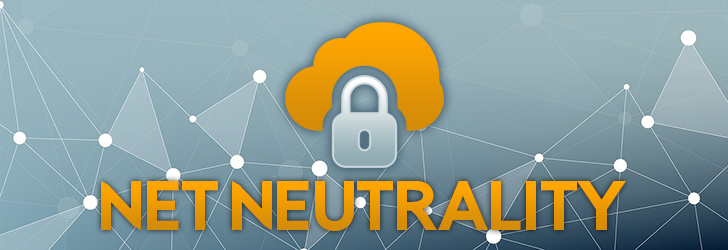
To first understand what a Public DNS is, we must first recognize what DNS means to begin with. In its simplest definition, the DNS (or the Domain Name System), is basically an Internet service that functions like a giant dictionary. This dictionary maps the IP address of every website to a human-readable name called a domain (or host) name. This service functions when a user enters the name of some website into a browser's url bar (for example, https://www.iplocation.net) to visit that website. Most ISPs provide a set of DNS servers for it's customers to use, and they are usually private designed to be used by their customers only.









